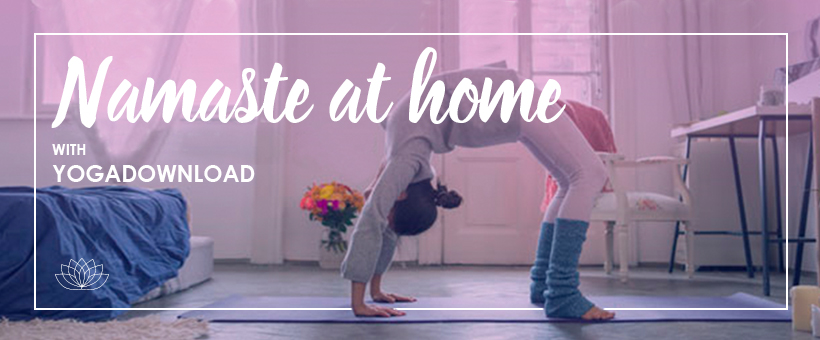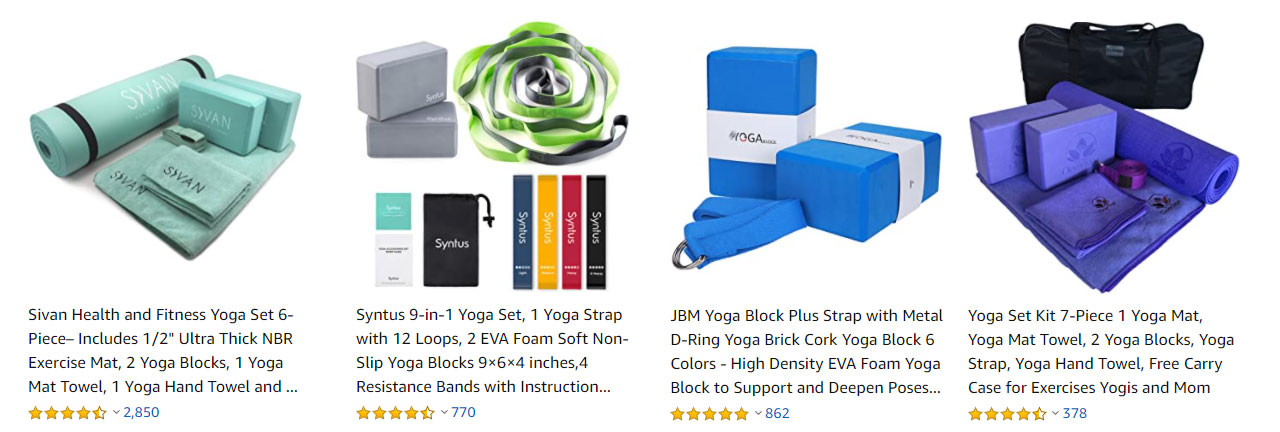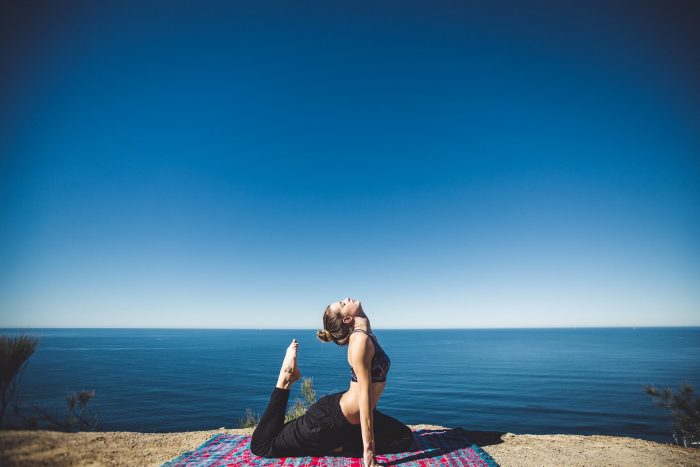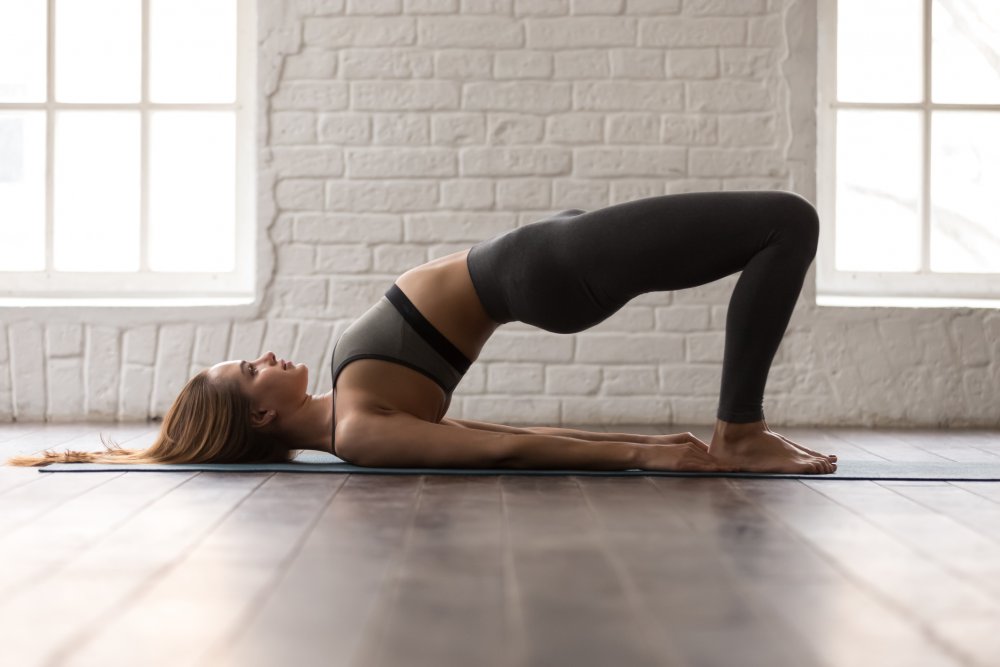Yoga and stretching
From relaxation to muscle strengthening, the practice of yoga is a mine of benefits for the body. Indeed, if this discipline links the mind, body and spirit in the best possible way, it turns out that it has many tricks up its sleeve. Yes, practicing yoga is also a great way to stretch.
Who has never dreamed of being more flexible, of having more cooperative muscles when it comes to starting the day? To do yoga is also to enjoy a good stretching session. When practiced regularly, stretching helps to hold the spaces between the vertebrae, but also to have a straighter back.
Many benefits, which indirectly act on the mind and on good mood! But if yoga is a fitness sport full of promises, it also has its subtleties for practitioners who, when one wishes to focus on stretching, must be aware of them. All this for a better practice of physical activity!
Indeed, whether you are a beginner or more experienced, a yoga routine must be set up effectively, and this, through some practical advice. Are you interested in becoming more flexible? Are muscle techniques your hobby? Here are all our tips for setting up yoga habits with this in mind!
Yoga Routine: Dedicate a time in your day to stretching
Like any activity, yoga stretching requires a certain amount of time during the day, in order to see the effects gradually. A certain organization, therefore, which, when we understand all the benefits it brings, will only be a mere detail.
The ideal, for an effective routine, is to dedicate a time slot or a given amount of time to the practice of yoga. Without talking about postures, stretching or the exact content of the session, plan the number of days you wish to do yoga (every day, why not!), as well as the time you wish or can devote to it.
For example, you know that each day, twenty minutes of your day (the ideal time for many yogis) will be dedicated to stretching and working on your flexibility. An appointment to note in your agenda with the most important person: yourself!

Yoga and Stretching: Giving Intent to Your Routine
Making stretching a routine is not always easy, no matter how effective it is. Indeed, some days, the schedule is busy, the motivation is not really there, the morale is not high, and one can be a little reluctant to do it. And to make all this easier, why not set yourself some guidelines, like a body guideline?
Setting goals involves telling yourself why you're using your body and your muscles. It means asking ourselves in what perspective today this postural training will be beneficial to us. In short, it means knowing how to put words, intentions, on our stretching routine and on our sequences.
These intentions are very personal, and can vary from day to day: to know how to control your breathing, to feel your body, to work the joints, or simply to have a good day. Yes, yoga can help us to be more flexible, but also, and above all, it can help us in our daily life!
Breathing, the ally for a good yoga stretching routine
Indeed, for a yoga session and an effective stretching routine, knowing how to "breathe well" is essential. And before learning to breathe better, it is essential to understand how much the air we breathe in and out without realizing it is fundamental to a good yoga practice.
Physical condition is not the only criterion that comes into play, and good stretching also requires good inner sensations. Indeed, exhaling while doing a stretching movement is the guarantor of a softer, calmer, easier posture, where flexibility will be less difficult to implement than a tonic exercise.
This implies that pranayama (breathing) is a powerful base to promote and make the stretching routine more pleasant. Do not hesitate to do breathing exercises before and after your session. This always makes for a better day!

Yoga : don't force yourself in your stretching routine
We understand that for a successful yoga routine, the most important thing is to find pleasure in it. But more than having fun, it is above all a question of listening to yourself! Because how can you be flexible if you don't listen to yourself? There is no question of hurting yourself here!
For example, if a posture such as the pliers does not produce the desired effect on you, it is not serious! It is important not to confuse stretching with pain, in which case you could seriously hurt yourself.
Likewise, if you want to make your lower body more flexible, don't put everything on it, and let it breathe every now and then, until the muscles remember these exercises. Yoga and stretching are two disciplines that go very well together, but it is always relevant to know how to dose them as precisely as possible.
The key is balance, and it's in your hands! Have a good workout, and a good yoga class!

Routine stretching: examples of yoga postures
Of course, what would a stretching routine be without postures? Supported by a regular practice of yoga, training to make you more supple can take on a whole new form from one day to the next, as there are so many asanas (postures).
There are indeed some that correspond to specific points in the body, others that are more for people in a hurry, or some that also allow you to relax and link yoga and meditation.
Here is a selection of postures to do to start yoga or not, but especially to become more flexible!
Floor postures are often the most adapted to work on flexibility, simply because it is often a question of "holding" a position, and it is easier to do it sitting or on all fours.
For example, a good exercise is to sit on a yoga mat with regular breathing. Spread your legs as far apart as you can (without forcing!) with your hands on the sides of your pelvis. Breathe in, and as you breathe out, move your chest toward the floor, trying to go far. If you don't succeed, it doesn't matter at all!
This posture has the advantage of being suitable for beginners as well as for the more experienced. To go even further, you can try to touch your toes on either side of your legs. You will then feel your muscles working, but don't try to go directly to touch your toes if you can't do so.
The most important thing is, once again, to be able to listen to yourself during the routine!
In the same position, sitting with your legs apart, gently straighten your chest, then raise one arm in the air to bring it to the other side, over the opposite shoulder. Be careful, it is important here to lean to the side and not to go forward. This posture allows you to relax and become more flexible, especially in the back.
Another posture is particularly adapted to soften. In a sitting position, join your two soles of your feet as if you were starting out in the pruning position. Both feet are facing you, are joined, and you only need to breathe calmly to feel the inner thighs working. Be careful not to shake or hurt yourself!
Still on the ground, you can also think of the candle, which, in a variant of yogi, makes the spine more flexible, always with a starting intention. The idea is to lie down on the ground, raise the pelvis with your hands in support. Finally, stretch your legs, and try to reach the back of your head with your toes.
Stay for a few seconds, time for calm breaths, and you're done!
With these tips and a few examples of yoga postures, you are now ready to install this new flexibility routine in your life. Stretching has more than one trick up its sleeve, but if it allows us to do one thing, it is also to get to know your body better.
So don't hesitate, get out your mat, all you have to do is listen to yourself! Have a good session!


